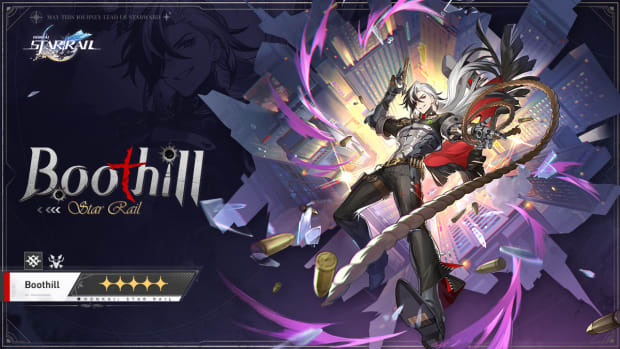Like A Dragon Gaiden: The Man Who Erased His Name review: more Yakuza action in a smaller package
Like A Dragon Gaiden: The Man Who Erased His Name is the impossibly long title for a game that was originally planned to be a DLC. Following Kiryu’s faked death at the end of Yakuza 6, we had supposedly seen the last of our favorite ex-yakuza member/orphanage owner, only for him to show up in the next game, Yakuza: Like A Dragon. So Gaiden bridges that gap in the Like A Dragon series, allowing fans to catch up with Kiryu’s story in the space between his two appearances.
It was originally planned as a DLC, but the team at Ryu Ga Gotoku eventually decided to spin it out into a full game. While it is packed with a robust set of substories, minigames, and coliseum battles, the story is much shorter than you expect from a full Like A Dragon game, playing out over just six chapters in total. Moreover, there has been a clear attempt to bulk out the story by making a number of substories mandatory. While you can choose which ones to an extent, you will need to complete a number of them in order to progress.
A minimum of a Gold rank at the coliseum is also necessary. So, if you usually prefer the story to the battles, then you’re going to be thrown into the deep end here. The coliseum has been beefed out with a number of modes, but some of the later fights are completely stacked with dozens of enemies thrown at you at once, all with seemingly unending health bars. This also feeds into the substories, as you can recruit the best members for coliseum fights, by completing a number of these substories.
The story that is there is well constructed, with well-rounded new characters and plenty of callbacks to the series. As for the substories, when they are good, they are good, but there are fewer goofy substories than we’re used to, and a lot of running around and fighting gangs to run them out of town. When you pair the lower quality of the substories with their mandatory nature, it’s not the overall quality that we’re used to. This is particularly apparent as there is only one real area to roam around. While Sontenbori is an exciting map to hold a Like A Dragon story, the area is very small, and the Castle, the only other key area, is basically just a home for the coliseum.
One area that the team obviously put a lot of heart into was the fighting system. There are two different fighting styles; you can choose between the traditional yakuza style or fighting, and an all-new agent style. This is completely different from any battle style we’ve seen in the Like A Dragon series before. It has the speed of the agile style we’ve seen in previous games, but with a number of new gadgets. Spider allows you to sling webs to trap and pull enemies like Spider-Man, while Serpent gives you rocket-powered shoes to close the gap, and also damage them on the way there. The final two, Firefly, which produces a small bomb, and Hornet, which distracts enemies with drones, I used less, but they were still great tools.
The number of enemies you’ll face at once feels greatly increased, particularly in the later levels of the coliseum. It was easy to feel overwhelmed in these cases, even to the point of not being able to see where Kiryu is, but these new gadgets can help thin the herd. I still think that the difficulty curve is very steep here, and you’ll clear one fight with ease only to find the next one near impossible.
Overall, Like A Dragon Gaiden is a game that fans of the Like a Dragon series will want to play, if only to bridge the gap in their knowledge of Kiryu’s whereabouts between games. However, those who aren’t as invested in the series can probably skip this one, unless they are really interested in the new combat. At the end of the day, it is still a Like A Dragon game with all the goofy fun that goes along with it. However, it is one of the more lackluster games in the series, and is not as robust as your usual entry.
Score: 7/10
Version tested: PS5
- Visuals: 9/10
- Story: 6/10
- Gameplay: 9/10
- Performance: 8/10
Like A Dragon Gaiden technical breakdown
If you’ve ever played a Like A Dragon game you’ll know the special quirks that the Dragon engine comes with. Ragdolling enemies can be very goofy and twitchy, and you can find yourself teleporting on top of a corpse at any point; however, what it does do what it needs to do. Sontenbori looks gorgeous, the fights are smooth, and the framerate holds steady. You won’t encounter softlocks, serious glitches, or crashes, and that’s all you really need.





